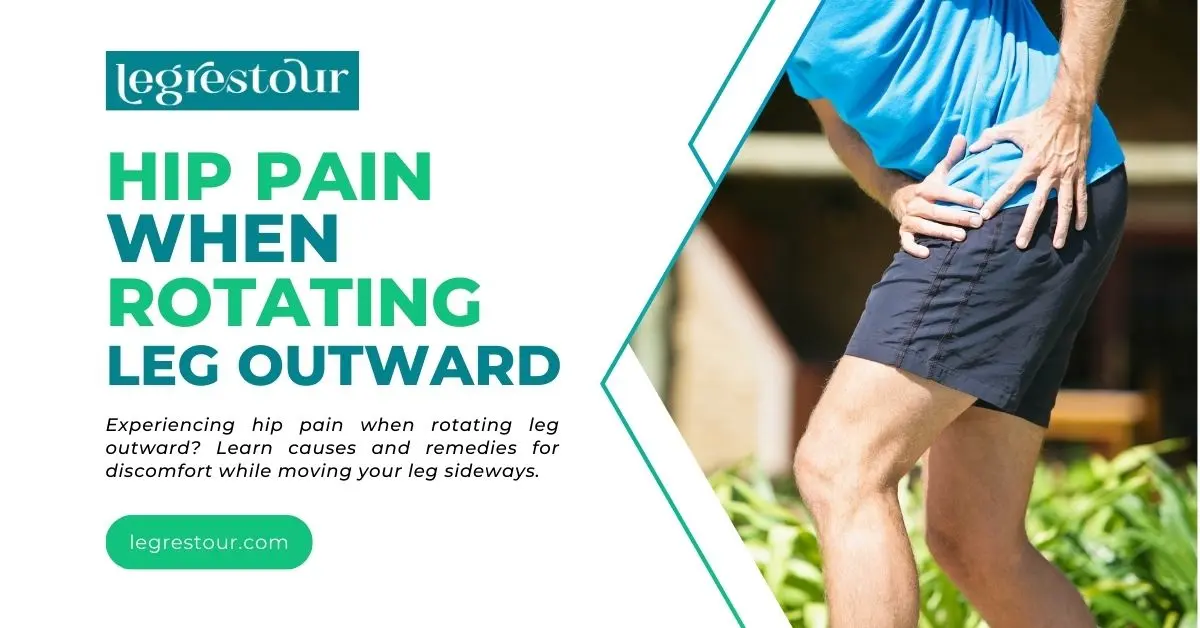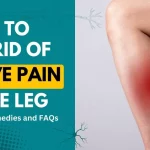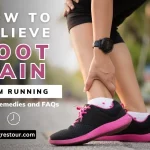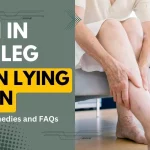Hip pain when rotating your leg outward, also known as external hip rotation, can be uncomfortable and debilitating. This type of hip pain often occurs when movements like getting in or out of a car, putting on shoes and socks, or crossing your legs. Understanding the causes of hip pain with external rotation and finding effective remedies is key to managing this condition. This article will cover the common causes, home remedies, medical treatments, and frequently asked questions about hip pain when rotating the leg outward.
Causes of Hip Pain When Rotating Leg Outward
There are several potential causes of hip pain with external rotation of the leg:
Trochanteric Bursitis
One common cause is trochanteric bursitis, which is inflammation of the bursa between the greater trochanter of the femur and the overlying muscles. This bursa can become irritated with repetitive external hip rotation. Trochanteric bursitis may be characterized by pain in the side of the hip that increases with lying on that side, climbing stairs, or rotating the hip outward.
Gluteus Medius Tendinopathy
Tendinopathy or tears in the gluteus medius tendon insertion on the greater trochanter can also cause pain with external rotation. This tendon helps stabilize the hip during rotation. Gluteus medius tendinopathy is common in middle-aged adults or older. Pain is focused on the lateral hip area and may cause a limp.
Hip Osteoarthritis
Osteoarthritis of the hip joint itself can lead to painful external hip rotation. Osteoarthritis causes the cartilage in the hip joint to wear down, leading to rubbing of bone-on-bone. Hip osteoarthritis pain is typically worse with weightbearing.
Piriformis Syndrome
Piriformis syndrome occurs when the piriformis muscle located deep in the buttock region spasms or tightens, putting pressure on the sciatic nerve. This can cause hip and buttock pain that is aggravated by externally rotating the hip.
Loose Bodies
Sometimes small pieces of cartilage or bone can break off within the hip joint, known as loose bodies. These loose bodies may float in the hip joint space and get lodged during rotation, causing sharp pain.
Hip Labral Tear
Tears in the labrum, which is the cartilage rim around the hip socket, may also lead to hip pain with external rotation. Labral tears can catch during hip motions. This is more common in young, active adults.
Remedies and Treatments
Many home remedies and medical treatments are available to help manage the various causes of hip pain with external rotation:
Home Remedies
- Apply heat or ice packs to help reduce muscle spasms and ease pain/swelling. Use whichever feels best.
- Stretching and massage of the hip muscles can help relieve tension contributing to pain. Focus on the outer hip.
- Use over-the-counter anti-inflammatory medications like NSAIDs to relieve pain and swelling.
- Participate in low-impact activities like swimming, cycling, or water aerobics to build strength without further irritation.
- Use supportive shoe insoles, canes or crutches to reduce weightbearing through a painful hip.
Medical Treatments
- Physical therapy exercises can strengthen muscles supporting the hip joint and improve range of motion.
- Prescription anti-inflammatory medications stronger than OTC options may be given.
- Corticosteroid injections can reduce inflammation and pain in conditions like trochanteric bursitis.
- Dry needling performed by physical therapists may release tight muscles contributing to hip pain.
- Surgery like debridement of damaged tendons or removal of loose bodies may be necessary in some cases.
- Joint replacement surgery is an option for severe, debilitating osteoarthritis unresponsive to other treatments.
Making Adjustments
Along with remedies and treatments, making certain adjustments can help reduce hip pain with external rotation:
- Avoid motions like excessive leg crossing, twisting, and outward rotation.
- Use chairs with high seats and avoid low, soft couches to reduce rotation getting in/out.
- Sleep with a pillow between knees to keep hips neutrally aligned.
- Consider using a raised toilet seat or taking stairs one at a time to limit twisting.
- Maintain a healthy body weight to prevent added stress on the hip joint.
By understanding the typical causes of hip pain with external rotation and finding an effective remedy, you can get back to pain-free mobility. Don’t hesitate to see a physician if home care does not provide sufficient relief.
Frequently Asked Questions
1. Why do I feel hip pain when I rotate my leg outward but not inward?
Certain hip conditions like trochanteric bursitis or gluteus medius tendinopathy cause pain in response to external (outward) rotation specifically. The anatomy involved in inward rotation is slightly different.
2. Is my hip pain from rotating my leg something serious?
Not necessarily. Common causes like bursitis tend to be self-limiting if cared for properly. But severe, worsening pain or inability to bear weight warrants medical evaluation to rule out more serious conditions.
3. Will hip pain reoccur if the cause is treated?
It depends on the underlying cause. Something like a hip labral tear may lead to recurring pain if activities that aggravate it are resumed. Proper rest and rehabilitation is key after treatment.
4. Are there stretches that can help hip pain with external rotation?
Yes, stretches for the piriformis muscle, hip adductors, iliotibial band, and hip flexors can all help release tension and improve mobility in the hip joint to reduce pain from external rotation.
5. What surgical options exist for chronic hip pain with leg rotation?
If conservative treatments fail for conditions like severe osteoarthritis, surgery like total hip replacement may be considered. Other options like debridement of damaged hip cartilage or removal of loose bodies may be done arthroscopically.
In Conclusion
There are many possible reasons for hip pain when rotating the leg outward. Trochanteric bursitis, osteoarthritis, and tendon issues are some of the most common culprits. Applying ice, taking anti-inflammatory medications, and performing stretches can help manage pain at home. More advanced options like injections or surgery may be needed in refractory cases. Addressing the underlying cause, limiting aggravating activities, and maintaining hip strength are key to reducing recurrence of this troublesome pain.



